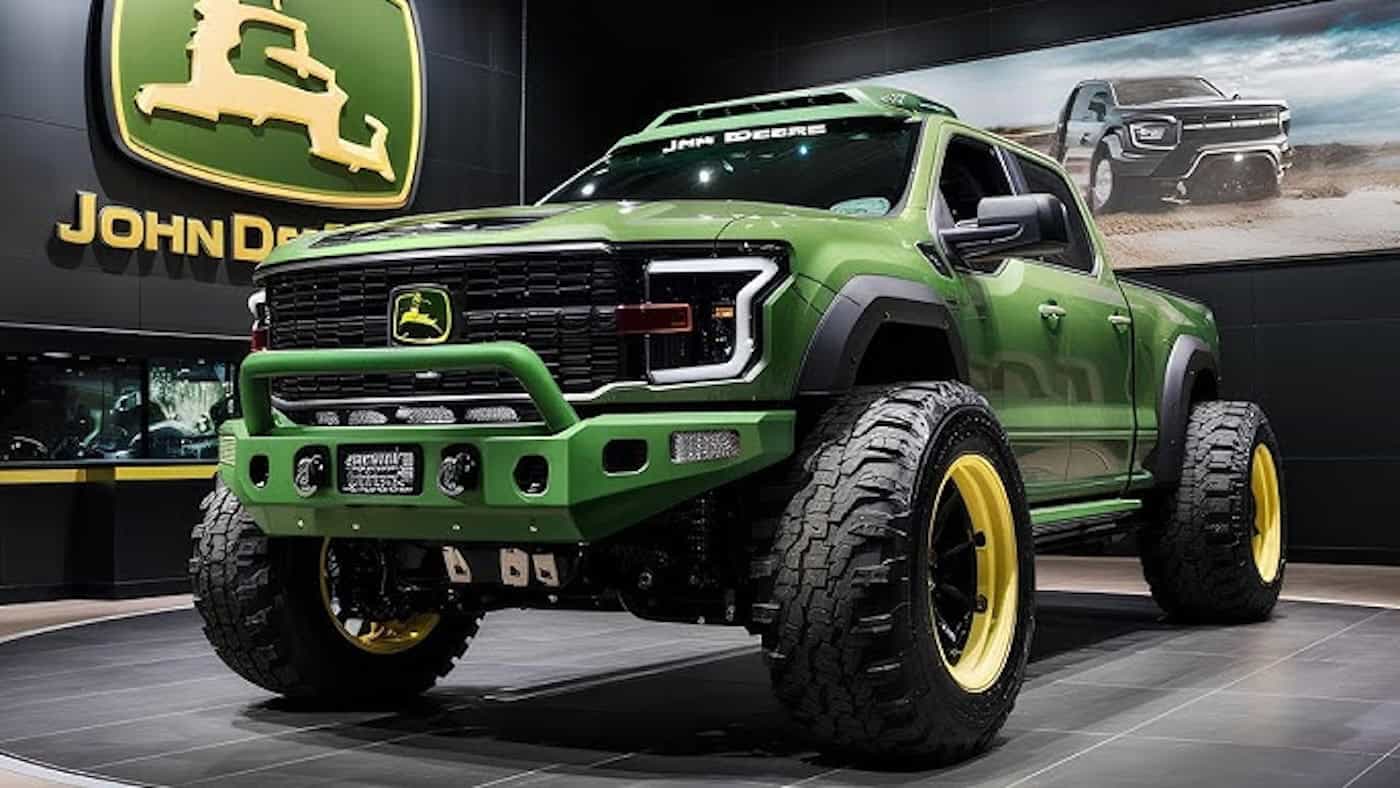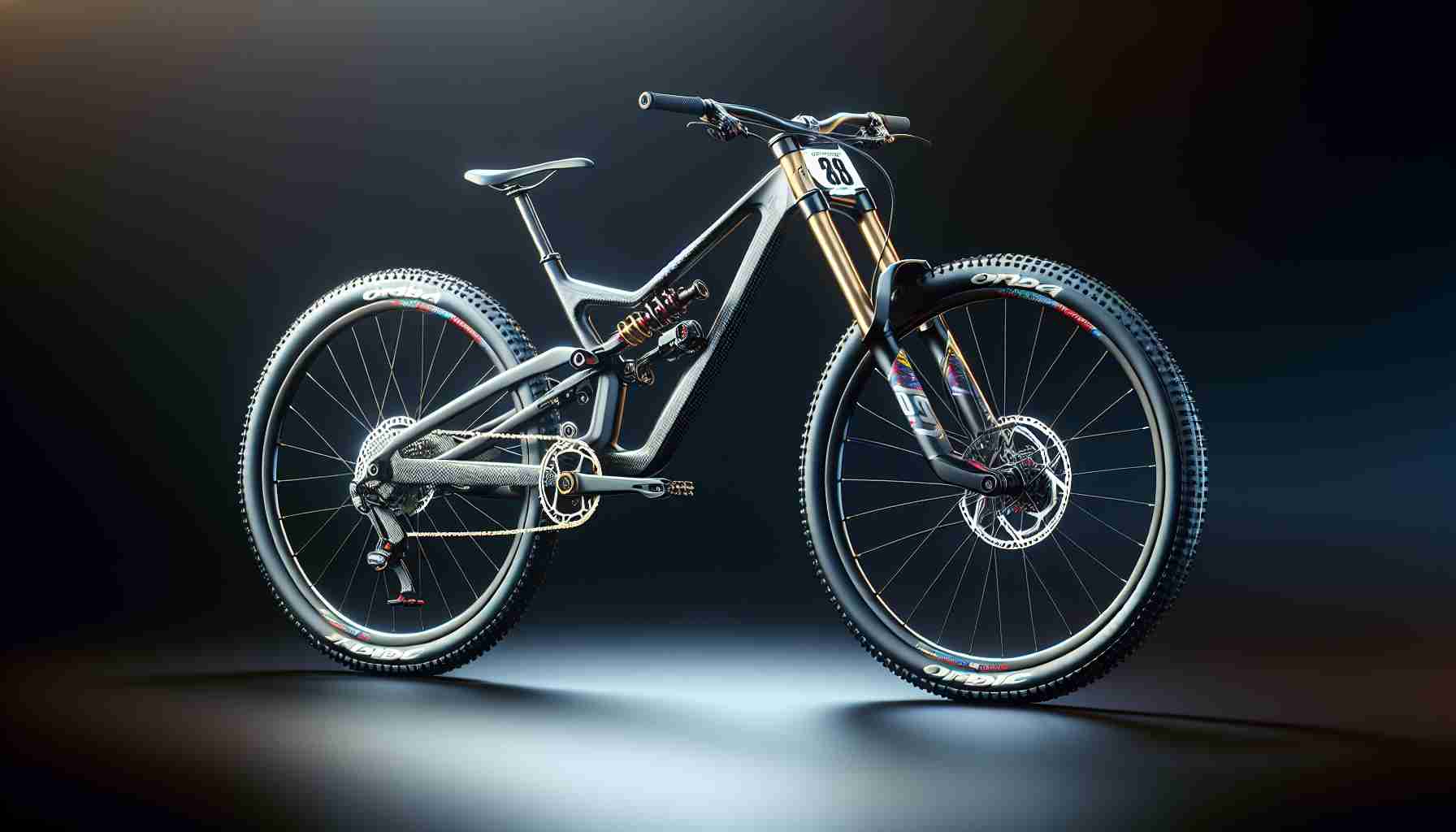Bike helmets are an essential piece of safety gear for riders of all ages and biking styles. They play a crucial role in reducing the risk of serious injury in the event of a fall or accident. But with so many options available, how do you choose the best one for your needs?
Consumer Reports has a comprehensive bike helmet testing lab where experts go to great lengths to evaluate the helmets. One of their testing methods involves dropping the helmets from a height of approximately 6-and-a-half feet at a speed of about 14 mph onto a steel anvil. This simulates the impact of a biker falling in an accident. The helmets are dropped four times, targeting different areas such as the front, side, rear, and crown. The strength of the chinstraps, attachment points, and buckles are also tested using a weight that pulls on the straps to replicate the force of a crash.
However, it’s not just about safety. Comfort is another crucial factor in helmet usage. If a helmet is uncomfortable, the likelihood of it being left at home increases. That’s why Consumer Reports’ testers also assess ventilation, fit adjustments, ease of use, and other features to ensure the helmet is not only protective but also comfortable to wear.
Among the top-performing adult helmets is the Trek Starvos WaveCel. It excelled in almost every test, but it does come with a higher price tag of over $100. If you’re on a budget, the Ozark Trail adult helmet is a more affordable option that still scored perfectly for impact absorption and ease of use.
For children, the Bontrager Tyro received top marks for impact absorption, ventilation, and ease of use. Remember, it’s important to replace any helmet that has been involved in an accident, experienced a high impact, or is more than 5 years old.
If you’re riding an electric bike, a regular bike helmet is still a suitable choice as long as it fits well. However, for additional coverage on the sides and back of your head when riding an e-bike, it is recommended to opt for a commuter or skate-style helmet.
When it comes to choosing the best bike helmet, make sure you prioritize safety, comfort, and fit to ensure a protected and enjoyable biking experience.
The bike helmet industry is a continuously growing market, as more and more people recognize the importance of wearing helmets while biking. According to a market research report by Grand View Research, the global bike helmet market size was valued at $1.21 billion in 2020 and is expected to grow at a compound annual growth rate (CAGR) of 6.5% from 2021 to 2028.
One of the major factors driving the growth of the bike helmet market is the increasing awareness about road safety and the importance of protective gear. Governments and organizations across the world have been actively promoting bike helmet usage, leading to a surge in demand. Additionally, the growing popularity of biking as a recreational activity and an eco-friendly mode of transportation has also contributed to the market growth.
However, the industry also faces certain challenges and issues. Counterfeit and substandard helmets remain a concern, as they may not provide adequate protection in the event of an accident. It’s important for consumers to purchase helmets from reputable brands and retailers to ensure they meet safety standards.
The market is also witnessing advancements in helmet technology to enhance safety features. For example, WaveCel technology, developed by Trek, is a multi-directional impact protection system (MIPS) that offers improved protection against rotational forces during a crash. Other brands are also investing in research and development to introduce innovations in helmet design and materials.
For more information about bike helmets and the industry, you can visit the Bicycling website. Bicycling provides in-depth articles, reviews, and guides on biking gear, including helmet recommendations and industry updates.
In conclusion, bike helmets play a vital role in ensuring the safety of riders. Consumer Reports’ testing methods and assessments help consumers make informed decisions when choosing a helmet. The bike helmet industry continues to grow, driven by factors such as safety awareness and the popularity of biking. However, it is crucial to remain cautious of counterfeit products and stay updated on the latest advancements in helmet technology for optimal protection.
















